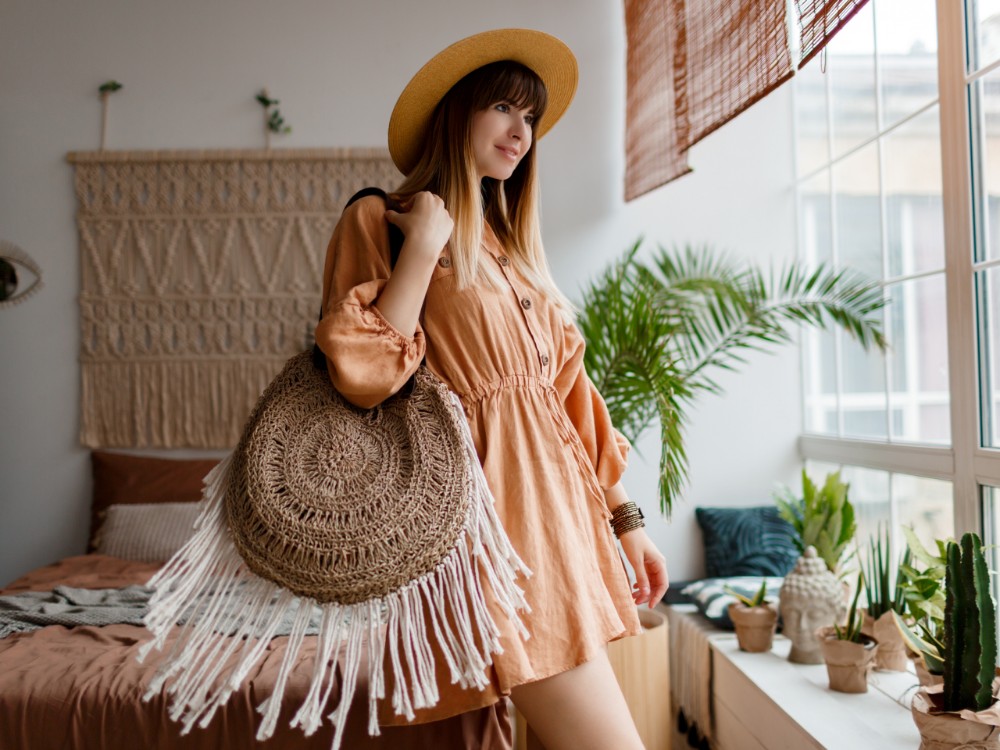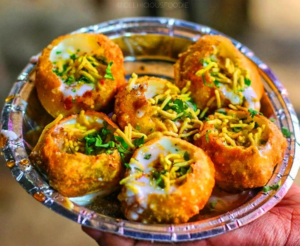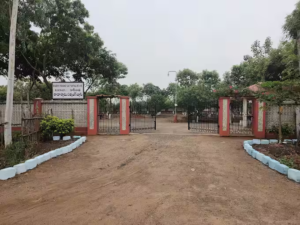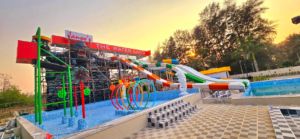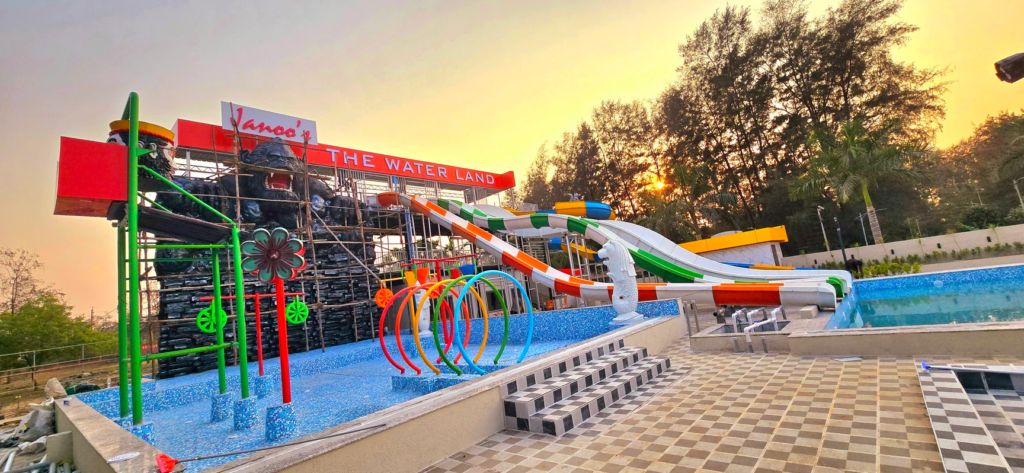Introduction:
Kerala, known as “God’s Own Country,” is not just a land of breathtaking natural beauty but also a treasure trove of rich cultural heritage. This southern Indian state boasts a vibrant tapestry of festivals, arts, and traditions that have been preserved and celebrated for centuries. From colorful temple festivals to intricate classical dance forms, from ancient martial arts to vibrant folk traditions, Kerala’s cultural landscape is as diverse as it is fascinating. In this comprehensive guide, we’ll take you on a journey through the heart of Kerala’s cultural heritage, exploring its festivals, arts, and time-honored traditions.
- Festivals: Celebrating Life and Traditions
Onam: The Harvest Festival
Onam is Kerala’s most important and widely celebrated festival:
- Duration: 10 days, typically in August-September
- Highlights: Pookalam (flower carpets), boat races, Onasadya (feast)
- Cultural significance: Celebrates the mythical King Mahabali and the harvest season
Thrissur Pooram: The Festival of Festivals
Known for its grandeur and spectacle:
- Timing: April-May
- Main attractions: Elephant processions, fireworks, traditional music ensembles
- Cultural importance: Showcases Kerala’s temple festival traditions
Attukal Pongala: The Women’s Festival
One of the largest gatherings of women for a religious event:
- Held in Thiruvananthapuram in February-March
- Ritual: Women cook offerings for the goddess Attukal Bhagavathy
- Significance: Celebration of womanhood and devotion
- Classical Arts: The Refined Expressions
Kathakali: The Story Play
Kerala’s most renowned classical dance-drama:
- Distinguishing features: Elaborate make-up, costumes, and expressive gestures
- Themes: Based on Hindu epics and mythology
- Training: Requires years of rigorous practice
Mohiniyattam: The Dance of the Enchantress
A graceful classical dance form:
- Characterized by: Swaying movements and subtle expressions
- Costume: White and gold attire
- Themes: Often portrays feminine grace and love
Koodiyattam: Ancient Sanskrit Theatre
One of the oldest surviving theatre traditions in the world:
- UNESCO recognized Intangible Cultural Heritage
- Performance style: Highly stylized and elaborate
- Duration: Traditional performances can last for days
- Martial Arts: The Ancient Combat Traditions
Kalaripayattu: The Mother of All Martial Arts
Believed to be one of the oldest martial art forms in the world:
- Origins: Dates back over 3000 years
- Techniques: Incorporates strikes, kicks, grappling, and weapons training
- Philosophy: Combines physical training with spiritual discipline
- Traditional Music: The Sounds of Kerala
Sopana Sangeetham: Temple Music
A devotional music form associated with Kerala temples:
- Characterized by: Simple, devotional style
- Instruments: Idakka (hourglass-shaped drum) and conch shell
Panchavadyam: The Orchestra of Five Instruments
A temple art form featuring an ensemble of five instruments:
- Instruments: Timila, maddalam, ilathalam, idakka, and kombu
- Occasion: Performed during temple festivals and processions
- Folk Arts: The Voice of the People
Theyyam: The Dance of Gods
A ritualistic art form of North Kerala:
- Performance: Artists embody deities or ancestral spirits
- Costume: Elaborate headgear and body paint
- Significance: Blends religious ritual with artistic expression
Margam Kali: The Way of Dance
A traditional dance form of Syrian Christians in Kerala:
- Performance: Group dance with songs narrating biblical stories
- Occasion: Performed during Christian weddings and festivals
- Traditional Crafts: Artistry in Everyday Life
Aranmula Kannadi: The Metal Mirror
A unique handmade metal mirror:
- Craftsmanship: Made of a secret alloy of metals
- Significance: Considered auspicious and used in Vastu Shastra
Coir Products: Weaving Nature’s Bounty
Utilizing Kerala’s abundant coconut resources:
- Products: Mats, rugs, decorative items
- Importance: Supports local economies and sustainable practices
- Architecture: Living Heritage
Kerala’s Traditional Architecture
Unique architectural style adapted to the local climate:
- Features: Sloping roofs, open courtyards, intricate woodwork
- Examples: Padmanabhapuram Palace, various temples and churches
- Cuisine: A Culinary Heritage
Kerala’s Traditional Cooking
A diverse cuisine influenced by its history and geography:
- Staples: Rice, coconut, spices, seafood
- Signature dishes: Appam, Kerala fish curry, Sadya (feast)
- Cooking styles: Moplah cuisine, Syrian Christian cuisine
- Traditional Clothing: Weaving Identity
Kerala Kasavu Saree
The traditional attire of Kerala women:
- Characteristics: White or off-white saree with gold border
- Occasions: Worn during festivals and special events
Mundu and Neriyathu
Traditional attire for men:
- Mundu: White dhoti worn around the waist
- Neriyathu: Upper garment draped over the shoulders
- Literature and Language: The Written and Spoken Heritage
Malayalam Literature
Kerala’s rich literary tradition:
- Ancient works: Ramacharitham (12th century)
- Modern authors: Vaikom Muhammad Basheer, O.V. Vijayan
- Unique feature: Strong tradition of short stories and poetry
- Traditional Medicine: Healing Through the Ages
Ayurveda in Kerala
Kerala is renowned for its Ayurvedic traditions:
- Treatments: Panchakarma, herbal medicines
- Significance: Holistic approach to health and wellness
- Rituals and Customs: The Fabric of Daily Life
Birth, Marriage, and Death Rituals
Each stage of life marked by specific customs:
- Birth: Noolukettu ceremony (tying sacred thread)
- Marriage: Tying of thali (mangalsutra)
- Death: Shraddam (remembrance ritual)
- Preserving Heritage: Museums and Cultural Centers
Kerala’s Cultural Institutions
Efforts to preserve and showcase Kerala’s heritage:
- Kerala Folklore Museum, Kochi
- Kerala Kalamandalam (deemed university for performing arts)
- Hill Palace Museum, Tripunithura
- The Influence of Religion: A Harmonious Blend
Religious Diversity in Kerala’s Culture
How different religions have shaped Kerala’s cultural landscape:
- Hinduism: Temple architecture and festivals
- Islam: Mappila songs and art forms
- Christianity: Church architecture and traditions
- Judaism: Influence on Kochi’s cultural history
- Contemporary Culture: Tradition Meets Modernity
Modern Interpretations of Kerala’s Heritage
How traditional art forms are evolving:
- Fusion music incorporating Kerala’s traditional sounds
- Contemporary adaptations of Kathakali and other classical arts
- Modern literature drawing from Kerala’s cultural roots
- Experiencing Kerala’s Culture: A Visitor’s Guide
Tips for Cultural Immersion
How tourists can experience Kerala’s rich heritage:
- Attend a temple or church festival
- Watch a Kathakali performance
- Visit a traditional artisan’s workshop
- Participate in a cooking class to learn Kerala cuisine
- Stay in a traditional Kerala house (Nalukettu)
Conclusion:
Kerala’s cultural heritage is a living, breathing entity that continues to thrive and evolve. From the rhythmic beats of Chenda drums echoing through temple festivals to the graceful movements of Mohiniyattam dancers, from the aromatic spices of a traditional Sadya to the intricate craftsmanship of Aranmula mirrors, Kerala’s culture is a feast for the senses and a journey for the soul.
This rich tapestry of traditions is not just a relic of the past but a vibrant part of contemporary life in Kerala. It’s a heritage that has been carefully preserved and passed down through generations, adapting and evolving while maintaining its core essence. The state’s unique geography, history of trade, and harmonious blend of different religions have all contributed to creating a cultural landscape that is both diverse and cohesive.
For visitors, exploring Kerala’s cultural heritage offers a chance to delve deeper into the heart and soul of this beautiful state. Whether you’re watching a Theyyam performance in a village temple, learning the ancient moves of Kalaripayattu, or simply savoring a traditional meal served on a banana leaf, you’re not just observing culture – you’re participating in a living tradition.
Moreover, Kerala’s culture is not confined to museums or performance stages. It’s woven into the fabric of daily life – in the way people dress, in the festivals they celebrate, in the food they eat, and in the values they hold dear. This integration of culture into everyday life is perhaps what makes Kerala’s heritage so rich and accessible.
As Kerala moves forward in the 21st century, it faces the challenge of preserving its cultural heritage while embracing modernity. However, the strong foundation of traditions and the pride Keralites take in their cultural identity suggest that this balancing act will continue to be performed with grace and success.
For those planning to visit Kerala, immersing yourself in the state’s cultural offerings will undoubtedly enrich your experience. Beyond the beautiful beaches and serene backwaters, it’s the cultural experiences that will leave the most lasting impressions – the warmth of the people, the vibrancy of the festivals, the grace of the art forms, and the flavors of the cuisine.
In essence, exploring Kerala’s cultural heritage is not just about witnessing age-old traditions; it’s about experiencing a way of life that values harmony, respect for nature, and the celebration of diversity. It’s an invitation to be part of a living, breathing culture that continues to inspire and enchant, making Kerala truly worthy of its moniker – “God’s Own Country.”
